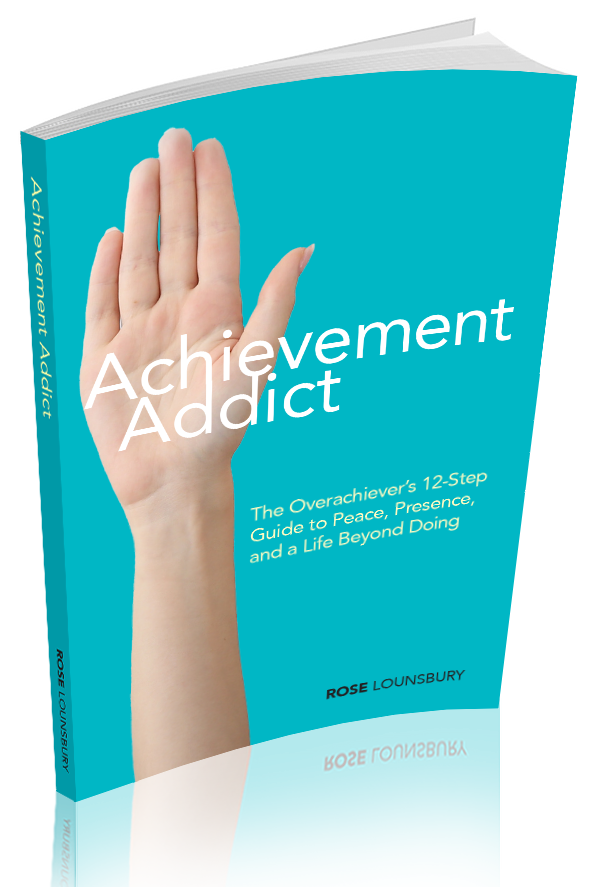I have 45 minutes to type this. No more, no less. Why? Because I set a timer and I am not allowing myself to spend more than that amount of time on this task.
If you haven’t guessed, today I’m going to tell you how time limits can help you accomplish more and stress less in many aspects of your life. So, without delay, here are some of my top time tips:
The Two-Minute Rule: This is a bedrock productivity rule. Basically, if a task will take you less than two minutes to complete, do it now! If you’ve never adopted this rule, I highly recommend trying it for just one day. You’d be amazed at what you can accomplish in just two minutes. In fact, just before I sat down to write this post, I was upstairs getting a sweater and I noticed that my bag of delicate laundry needed washing. I see this bag every day and I usually ignore it until I run out of some vital article of clothing, but today (because I knew I was writing this blog post – ha!), I thought: Hey, it will take me less than two minutes to run this downstairs to the washing machine. So I did. Clean delicates coming up! Yay! If you don’t think this rule works, ask my friend Bley, a mom-extraordinaire-artist-entrepreneur with five young children. She swears by it. And I never argue with a mom-extraordinaire-artist-entrepreneur.
Set Timers: When facing a task (especially an undesirable one…), I try to set a timer for the amount of time I’d like to spend on it. If I finish the task in that amount of time, great! If not, I stop at the end of the time and come back later. For example, this morning I set myself the task of figuring out my new scanner. While I love the convenience of technology, I’m a bit of a technophobe. Devices, like dogs, can smell my fear and often respond to me in aggressive, non-compliant ways. But the scanner arrived last week and I knew I needed to figure it out, so I set a timer. Forty-five minutes later (after downloading the software that wouldn’t load from the CD and watching several YouTube videos), I realized this scanner truly wasn’t going to work. (See? I’m not paranoid! Technology really does hate me!) My timer dinged just as I was printing my return label and packing it back into it’s box.
What’s so cool about this is that, normally, I would have spent another hour or so cursing the computer gods and fretting over why it wasn’t working. This technology snafu might have ruined my whole day. I might have even gone so far as to call and harass my husband at work. (I mean, what husband doesn’t love a frustrated call from his wife about a problem he did not cause and can do nothing at the moment to solve? This is the stuff marraiges are made of!) But because I knew I had only 45 minutes, I kept myself moving, trying different problem-solving strategies, until I came to a solution: return it.
When I was teaching middle school, we called this creating a “sense of urgency” in the classroom. If you want students to learn and work hard, you have to create the feeling within your classroom that they need to be working. Setting a timer can create this same sense in your daily life.
And 45 minutes isn’t a magic number. You can set a timer for however long you want. I use this strategy with a client of mine who has ADHD. She is in graduate school and we meet weekly to go over deadlines and work on projects. One thing I noticed about her is how long she spends on writing tasks. I even told her, “Watching you write is like watching somebody run really, really hard but only move forward a few inches.” She nodded. I think she feels that way all the time. She knows she is spending too much time on a task, yet she cannot stop herself from doing it. The solution? Timers!
Here’s a pic of how I helped her lay out a plan for her most recent assignment:

Notice how I set a time on sticky note #2, giving her no more than 30 minutes for brainstorming initial ideas. She told me that no one ever had her write like this before, and that it’s working really well for her.
Close Distractions: This is an important component to the timer strategy. If you are going to give yourself time limits for tasks, you must spend all of that time on that task. That means no Facebook, no email, no social media, no coffee breaks, nada. Focus in on what you need to do in that time only. Close extraneous browser windows, silence your phone, put a movie on for your kids, whatever you’ve gotta do to get undistracted, focused time.
Well, as Forrest Gump would say, that’s all I’ve got to say about that, and–wow!– I have 23 minutes left! I guess that “sense of urgency” thing is really true. Hmm… wanna hear about my childhood? My first pet? That rash I need to call the doctor about? No? You think I should go back, revise, and publish this post? I agree. And heck, maybe I’ll even use the extra time to call my doctor…
Rose Lounsbury is the Dayton, Ohio area’s up-and-coming professional organizer. After blogging about her own journey toward a minimalist lifestyle, Rose was inspired to start Less, a minimalist-minded professional organizing company. If you’d like Rose’s help with an organizing project at your home or office, please call her at 937-626-9030.








3 Responses
Very relevant for me. I have realized that a big part of my issues in life come down to not being able to correctly figure out how much time a task will take. Emptying the dishwasher takes about five minutes, but I used to put it off because it seemed like a huge task. Actually, everything seemed like a huge task so I would never start on anything. Now that I’ve started to figure out how long things actually take (I have timed myself doing routine tasks), I can more easily do them.
I remember you telling me about that before, and I didn’t understand it at the time, but as I work closely with someone with ADHD, I am starting to. Time management is such a huge issue for so many people, myself included! Thanks for commenting, friend! 🙂